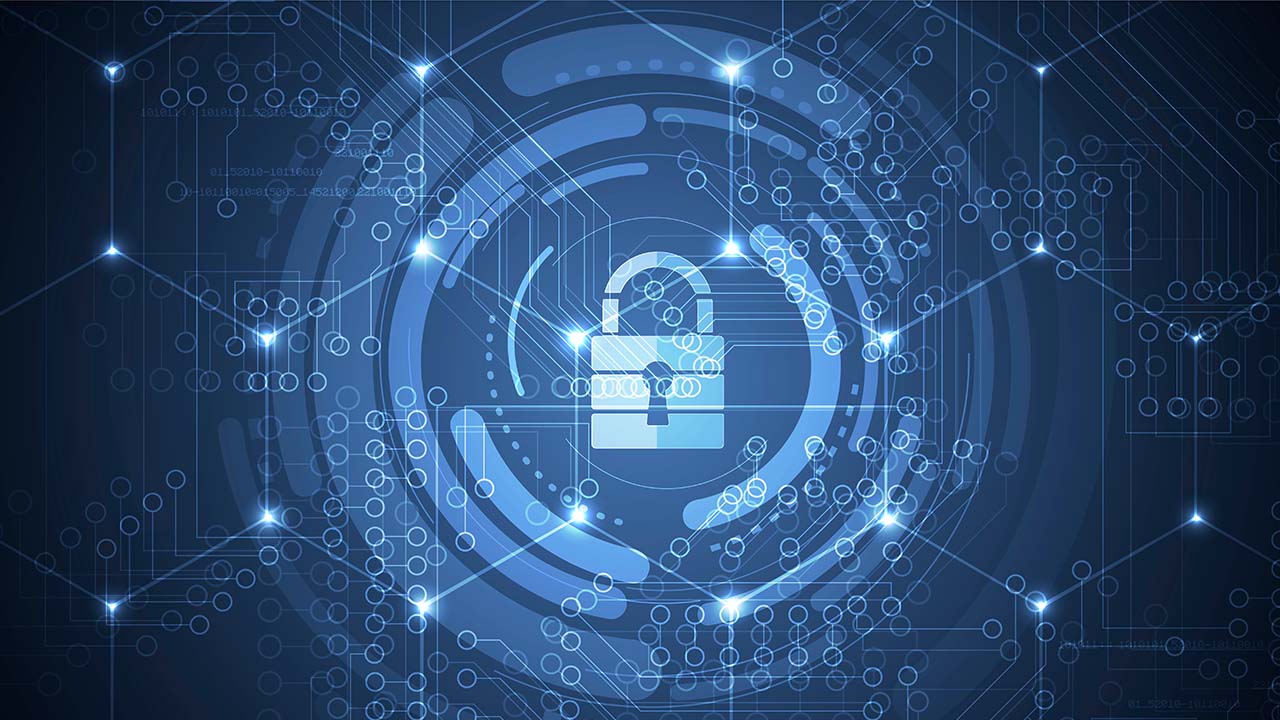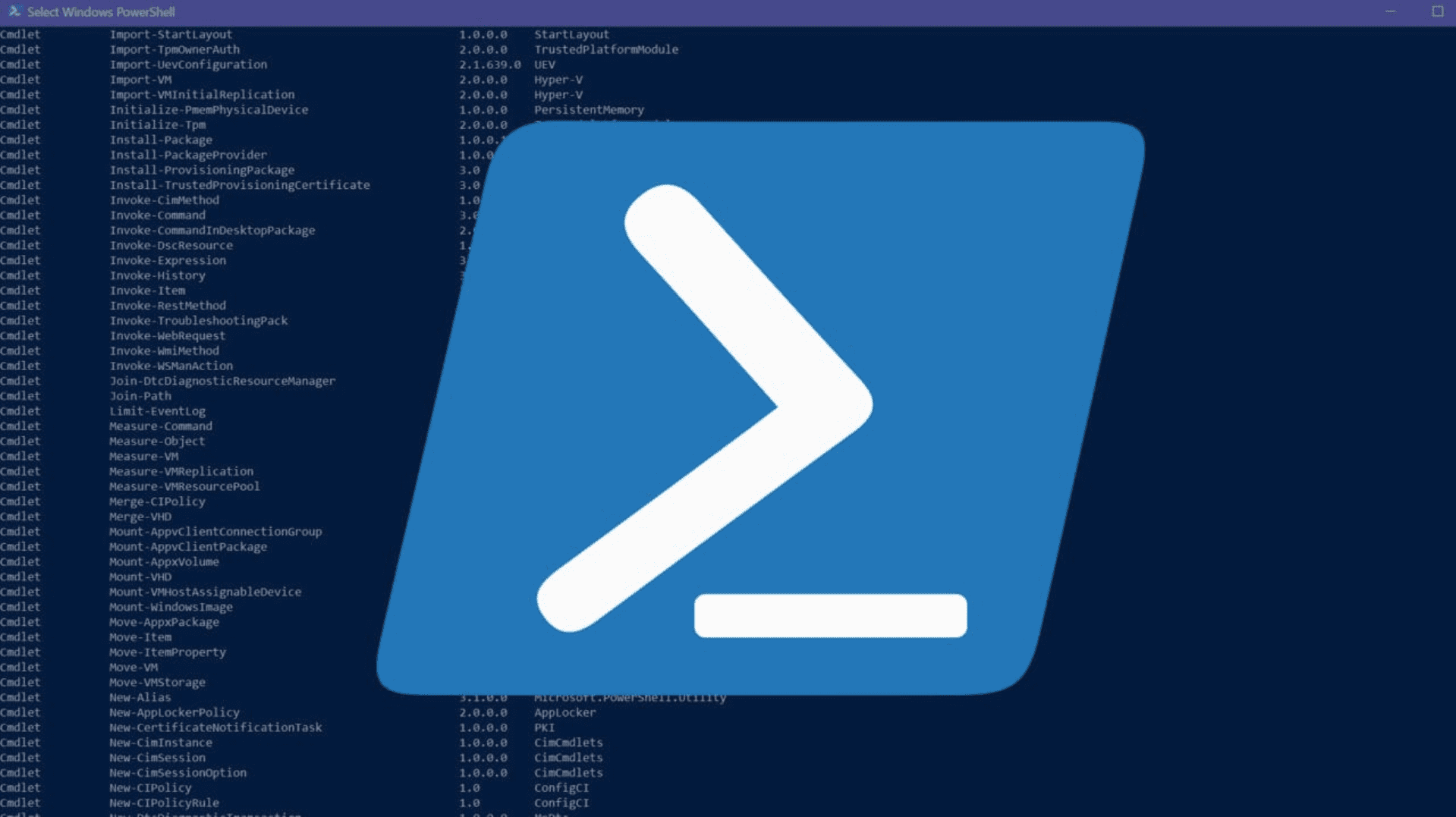Have you ever wondered how a single weak password could lead to the downfall of a long-established business? This thought became a bitter reality when the 158-year-old logistics firm, KNP, in the UK was forced to shut its doors due to a devastating ransomware attack. This incident highlights vulnerabilities that can exist even in organizations that seemingly follow security best practices. Let’s delve into the details to understand how such an incident unfolded, its repercussions, and the vital lessons that can be drawn from it.

This image is property of petri.com.
The Backstory: Collapse of KNP
The saga began with a simple yet catastrophic cyber breach. KNP, a prominent player in the UK’s logistics sector, succumbed to an attack that wiped out critical business data. More than just a financial wound, the consequences were dire, leading to the loss of about 700 jobs and shutting down operations entirely.
The Attack: Details and Mechanics
The ransomware attack on KNP reportedly stemmed from a weak employee password. While it may seem trivial, this password provided hackers with the keys to the kingdom, allowing them to infiltrate the company’s systems. This event serves as a wake-up call for businesses everywhere—cybersecurity gaps can exist in even the most vigilant organizations.
Ransom Demand: The Price of Negligence
Reports indicate that the attackers demanded a ransom of approximately £5 million to decrypt KNP’s systems. This exorbitant figure is not merely a cost but rather an expression of the risks small and medium-sized enterprises face today in the digital landscape. Unable to pay the ransom and lacking access to functional backups, KNP lost invaluable business-critical data.
The Human Element: Weak Passwords
What does it mean when a single weak credential can lead to devastating consequences? The KNP incident illustrates a critical blind spot that can remain unnoticed in many companies. Although KNP had claimed adherence to security best practices, the reality exposed a significant gap.
Lessons Learned: Prevention Strategies
It’s clear that the incident at KNP isn’t just about them—it’s about all organizations in today’s tech-savvy world. Here are some actionable insights and prevention strategies that you can implement to bolster your cybersecurity defenses.
Enforce Strong Authentication: Secure Your Access Points
One of the most effective ways to fend off cyber threats is to enforce strong authentication measures. Organizations should ensure that their password policies are robust and require complexity.
Here’s how to make your authentication stronger:
- Use Complex Passwords: Encourage your team to create long, unique passwords that use a combination of letters, numbers, and special characters.
- Implement Multi-factor Authentication (MFA): This security layer requires not just a password but also another verification method, such as a text message code.
- Consider Passwordless Solutions: Emerging technology like passkeys offers an alternative that doesn’t rely on passwords, lowering the risk of weak credentials.
Implement Secure Backups: Don’t Rely Solely on Primary Systems
Having effective backup solutions can make a world of difference when disaster strikes.
Tips for effective backup management:
- Maintain Air-Gapped Backups: These backups are physically isolated from your network, making it nearly impossible for ransomware to access them.
- Use Immutable Backup Solutions: Implement storage techniques that prevent data from being altered or deleted, ensuring that you have a clear recovery point.
- Regularly Test Backups: Ensure your organization can restore data quickly by testing your backup and recovery processes regularly.

This image is property of petri.com.
The Bigger Picture: Understanding the Cybersecurity Landscape
Ransomware isn’t limited to large corporations; it’s a pervasive threat that has a particularly devastating impact on small and medium-sized businesses. Many smaller enterprises might feel insulated from such attacks, thinking they aren’t “big enough” to be targets. KNP’s collapse dispels that myth entirely.
Ransomware’s Global Rise
As cyber threats become more sophisticated, ransomware attacks are increasing globally. This trend serves as an alarming reminder that every business, regardless of size, should be aware of the potential risks they face.
Building a Culture of Cyber Awareness
Creating a culture within your organization that prioritizes cybersecurity is essential. Educating employees about security protocols, phishing attacks, and the importance of strong passwords can be the first line of defense against cyber threats.
Realizing Cybersecurity Gaps
To protect your organization’s integrity, you must constantly evaluate your cybersecurity policies and infrastructure.
Conduct Vulnerability Assessments
Regularly perform assessments to identify potential vulnerabilities within your systems. Knowing your weak spots allows you to address them before they become severe threats.
Stay Updated with Best Practices
The cybersecurity landscape evolves rapidly, and staying current with new best practices is crucial. Attend webinars and subscribe to industry updates for continuous learning.
Engage in Cybersecurity Training
Investing in training for your team can dramatically improve your organization’s security posture. Workshops on safe data handling, incident response, and threat identification are invaluable assets for any group.

This image is property of petri.com.
The Role of Customer Trust
In an era where data breaches are rampant, customer trust becomes a critical asset that you cannot afford to lose.
The Importance of Transparency
When a breach does occur, being transparent with your customers about what happened, what data was affected, and how you’re addressing the issue can help mitigate fallout. Trust can make or break customer relationships, especially following a security incident.
The Impact on Brand Reputation
The long-term effects of a ransomware attack can tarnish your brand reputation. Customers may reconsider doing business with you if they feel their data isn’t safe.
Preparing for Recovery
Should the worst happen, having a plan for recovery is just as important as prevention.
Develop a Disaster Recovery Plan
This plan should outline clear steps to restore functionality and data after an incident.
Elements of a Solid Disaster Recovery Plan:
- Define Roles and Responsibilities: Establish who is responsible for what during a cybersecurity incident, allowing for swift action.
- Document Recovery Procedures: Detail every step required to restore operations, ensuring that nothing is overlooked.
- Conduct Regular Simulations: Practicing your recovery processes through simulations prepares your team for real events.
Understand Legal Implications
Being prepared for a ransomware attack also means being aware of the legal ramifications. Consult legal professionals to ensure compliance with regulations governing data breaches.

This image is property of petri.com.
Conclusion: A Call to Action
The unfortunate case of KNP serves as a powerful reminder that digital security is not just a technical issue—it’s a business continuity concern. By embracing comprehensive security strategies and adhering to best practices, you can protect your organization from becoming another statistic in the ever-growing list of ransomware victims.
If there’s one takeaway from the collapse of KNP, let it be this: Cybersecurity should never be an afterthought. Now is the time to stand vigilant, ready to defend your business against threats lurking just a click away. With the right precautions in place, you can ensure that a single weak password doesn’t end your business story prematurely.
It’s crucial to empower your organization, be proactive, and build systems that support strong cybersecurity. Your investment in this area will not only protect your assets but also reinforce stakeholder confidence in your ability to navigate today’s complex digital landscape.